Estimated reading time: 06 minutes and a half.
November/2014 - The EF 70-200mm f/2.8L IS II USM is Canon’s top of the line zoom lens introduced in 2010 to substitute the identical version from 2001. During these nine years, Canon revised its optical formula adding a new fluorite element and five UD elements, one more than the previous generation, for absolutely perfect lateral chromatic aberration corrections that wasn’t that bad on the previous lens. The new IS module is suited for up to four stops of compensation, an extra stop than before, and the AF algorithms were revised as well, more precise and even faster. The mechanical built got tougher joints and extra rubber gaskets we’re employed for better handling the elements, all making a superb tool, very popular and desirable among photographers.
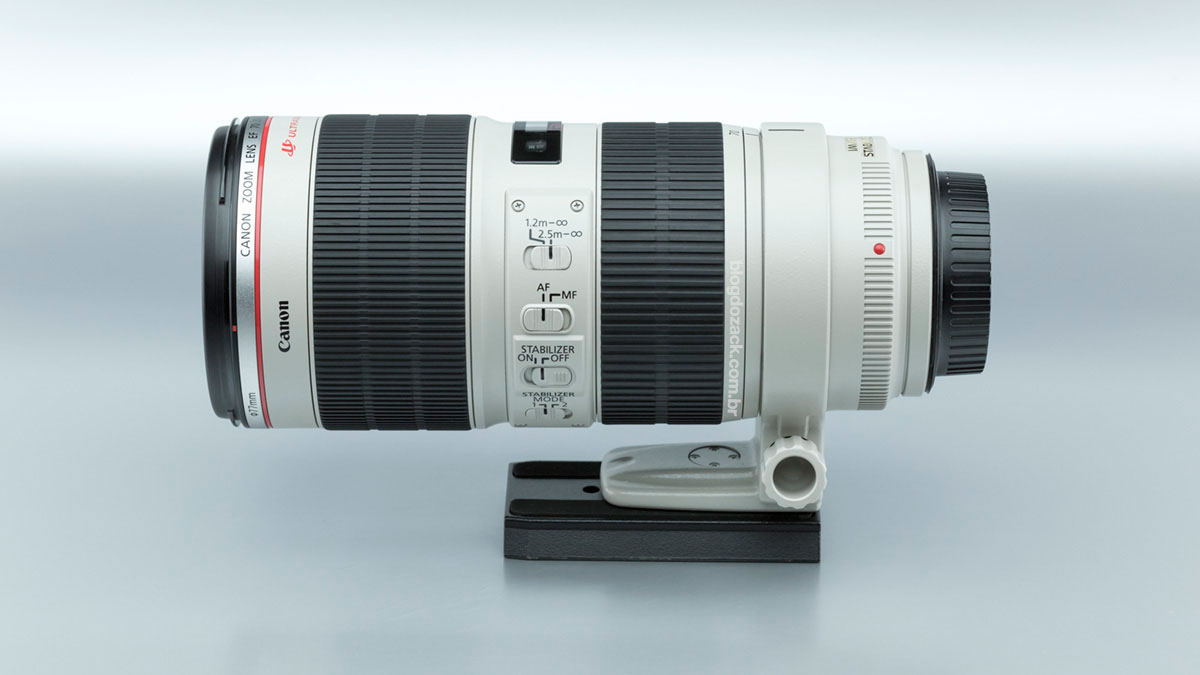
At 1.49kg of 23 elements (!) in 19 groups, the EF 70-200mm f/2.8L IS II USM is blog do zack’s most complex lens ever. The giant EF 100-400mm f/4.5-5.6L IS USM has only 17 elements in 14 groups, in a total of 1.38kg; and the heavy weight EF 200mm f/2L IS USM top telephoto prime also have 17 elements, but much heavier at 2.54kg. So the EF 70-200mm is also the second heaviest on my kit. But it’s extremely well built with an all metal barrel, very robust and perfectly balanced with full cameras like the 5D, 7D and 1D series. It’s actually a joy to carry around and mean business.
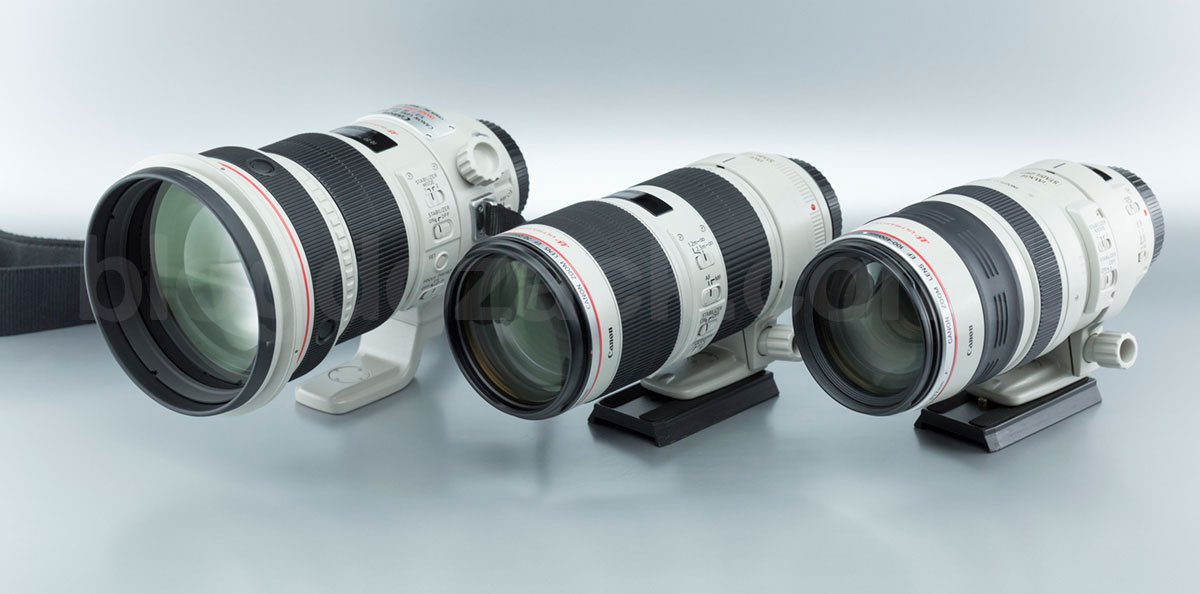
Also at 19.81cm length and 8.8cm diameter, the 70-200mm f/2.8L IS II is far from being discreet. Mount the included textured plastic, petal shaped lens hood and it adds over 9cm to an attention seeker’s eye candy. People will take you seriously, and it’s a mess to enter most public spaces. In São Paulo for instance, I had to fill an authorisation form for “professional photography” at Villa Lobos Park; very annoying. For this range and aperture it takes a lot of glass and girth.
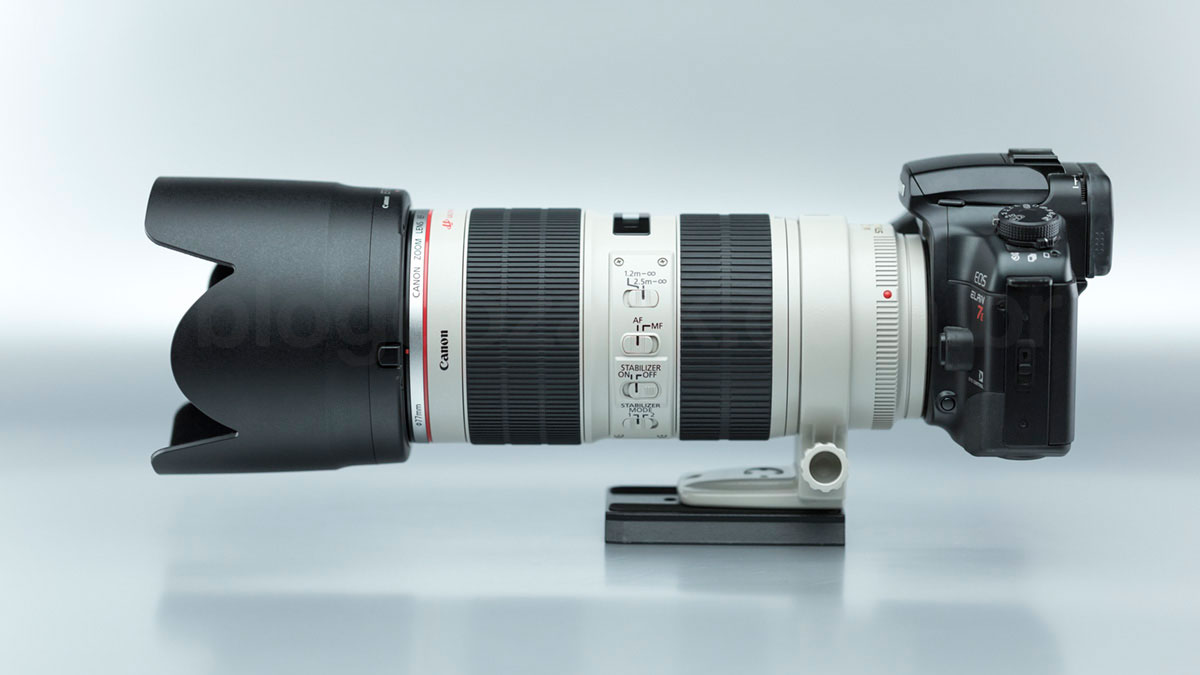
But exactly this usability that Canon took very serious on the operation of the 70-200mm f/2.8L IS II. Both zoom and focusing rings are at the right place, and are very smooth to operate. The zoom is near the camera and feature a short 70º rotation; idea borrowed by the new EF 24-70mm f/2.8L II USM. And the focusing ring near the front element is lighter to the touch. There’s absolutely no play and the 1.2m MFD takes 110º to reach from infinity. If you have large hands, both rings will be near the palm and fingertips. Use the middle finger + thumb on the zoom ring, and index finger + thumb on the focus ring, all without loosing grip from the lens and camera.
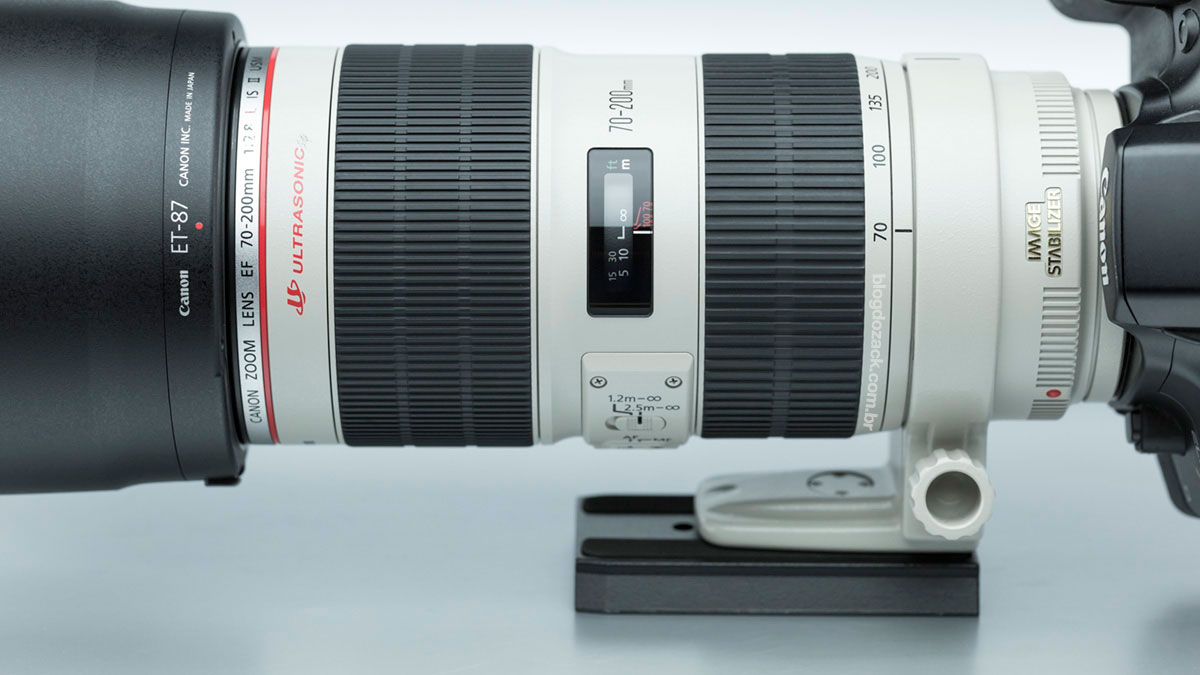
On the left side the excess of buttons seems complicated but they’re self-explanatory. On the center there are both IS/AF ON/OFF, with different tactile feedback. And at the top/bottom, each specific setting: a focus limiter and the IS mode. The USM auto focus is always a Canon headliner. It’s virtually instant and I never (ever!) got an out of focus shot on the 5D Mark II. And the limiter takes the speed even further if you’re sure you won’t be focusing on near subjects; like field sports and some social events. It will take less than 0.2 of second at the 2.5m-infinity setting.

The fourth generation IS compensates for up to four stops, another headline of the Mark II. There are two modes, one standard and another for panning, great for keeping track of moving subjects like race cars. You can set you shutter low enough to blur the wheels an let the IS module render a sharp moving car. And it’s tripod sensitive. A “secret” third mode compensates for mirror slap that can create motion blur on telephoto distances once you mount a tripod.
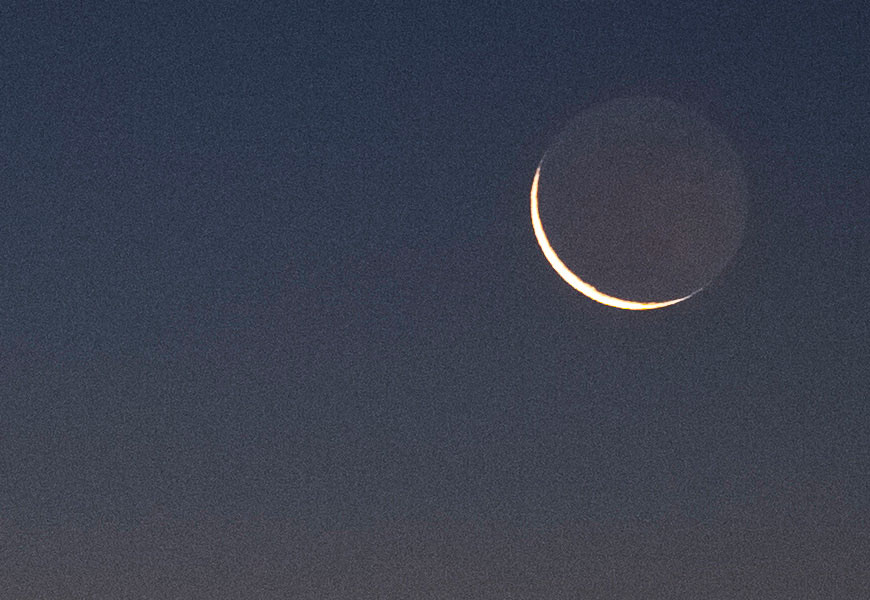
100% crop, image stabiliser did a great job holding everything is place on a 1/30 @ 145mm exposure.
In the box you get the removable tripod colar, that can be rotated in any direction and serve as a handle. Unfortunately there aren’t any dents at the 45º directions, making it harder to match your camera orientation. At the front the ø77mm filters are excellent, shared by many top of the line lenses and less expensive than newer ø82mm. And nothing expands during focusing or zooming, creating an all internal, sealed build. It’s really a showcase of Canon’s tech, a true L series experience. A top of the line build for top of the line users; for top of the line images, as we’ll see.
If designing a standard wide angle to telephoto zoom presents major optical performance challenges, the same can’t be said about the telephoto focal length. These distances are actually a bit easier to produce with great IQ as you’re merely magnifying what’s in front of the camera. So any formula with as many elements as the EF 70-200mm f/2.8L IS II USM only makes better what was already good: any tinny optical shortcomings from the past were completely corrected. The result? Absolutely perfect images, with zero distortion or chromatic aberrations, all with maximum resolution. * All photos with the Canon EOS 5D Mark II, no lens correction applied.
It doesn’t get better than this. From f/2.8, the whole frame is tack sharp through the zoom range, revealing ultra detailed landscapes and textures, faraway scenes, with excellent contrast overall. Only the vignette is a bit high wide open, but smooth around the edges, actually creating saturated colours with shallow depth of field compositions. The shallow depth of filled “bokeh effect” is very pronounced at 200mm wide open, with pleasing, smooth tone gradients.

100% crop, details as soon as f/2.8.

100% crop, deal with so much contrast and sharpness wide open!
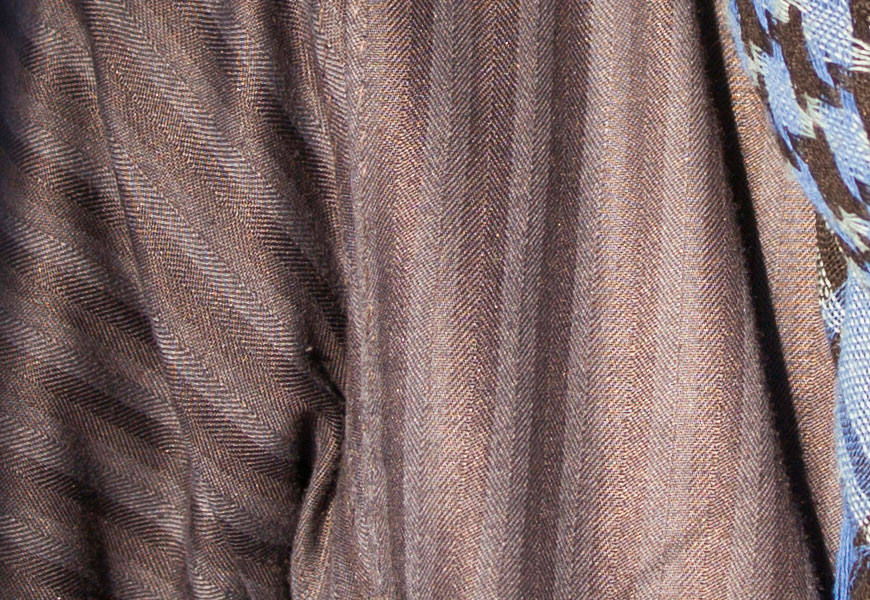
100% crop, moiré on the EOS 5D Mark II at f/2.8, it’s a lot of resolution.

100% crop, perfect details for large prints.
Stopping down only changes the depth of field and fix some of the vignetting, up to f/8. The resolution remains excellent from corner to corner and there’s no reason to close your aperture for details sake. The f/stop control is merely a composition tool: stop it down only if you need deeper depth of field, to include extra sharp, visible. elements in the same frame.

The differences on the depth of field: f/8 (left) and f/2.8 (right); notice the saturated colours due to the vignette.

“Egípcio” at f/8 1/250 ISO400 @ 70mm, close the aperture to include the scenery in your composition.
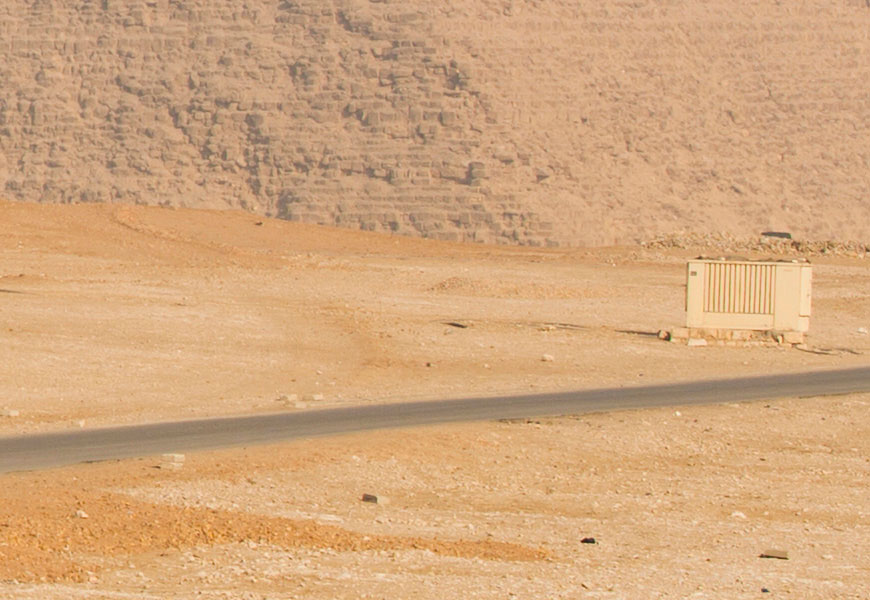
100% crop, enough details for gallery sized prints.
Chromatic aberrations are virtually non-existent thanks to its five UD elements and one Fluorite. I. Have. No. Photo. With. CA. Problems. The same for the geometric distortion. Again, some websites shoot ridiculous charts to “test” the optical performance of lenses, but on blog do zack’s everyday photos, with personally more interesting samples, I just can’t see optical problems.
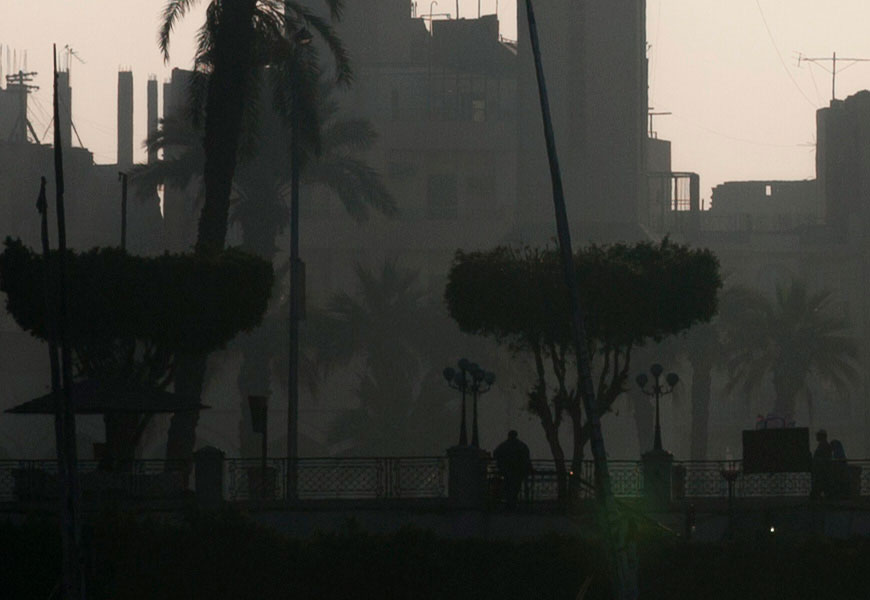
100% crop, no lateral CA, perfect details, tinny flaring.
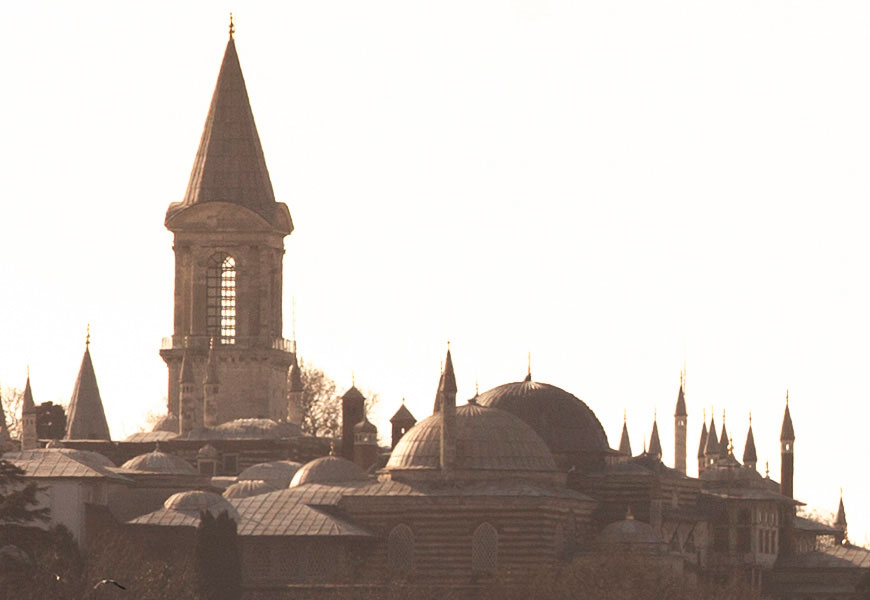
100% crop, but absolutely zero lateral CA, very impressive.
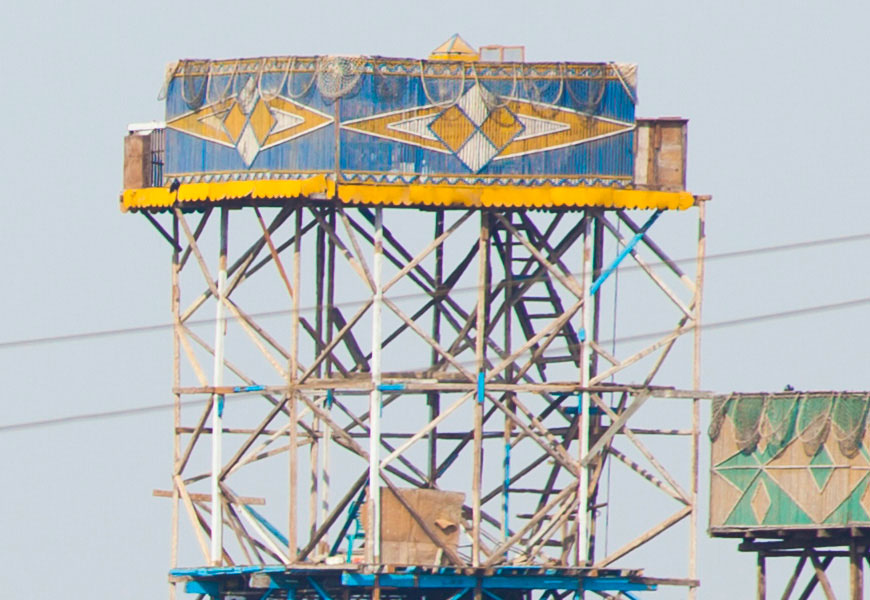
100% crop, no CA around the edges neither.

100% crop, no axial CA on OOF areas; it’s all perfect.
Colours and contrast are on par with Canon’s 2010 lenses, actually putting the EF 70-200mm f/2.8L IS II USM as the first true representative of the next generation. The contrast is stunning, with no light bouncing inside the lens nor light leaks (blooming) on high contrast areas. As my first top of the line f/2.8 lens, it was a huge leap forward in terms of image quality.
It’s like carrying coal to Newcastle when I talk about Canon’s top of the line L series, but trust me when I say they’re all perfect. Of course, what would you expect from a US$2000+ zoom lens, enough to purchase two sets of APS-C cameras? Unfortunately you have to pay for what you get. The EF 70-200mm f/2.8L IS II USM is a mandatory tool for professionals. But it’s a lot of glass for your bucks, and doesn’t feels expensive once you realise what it’s capable of. Nice shooting!